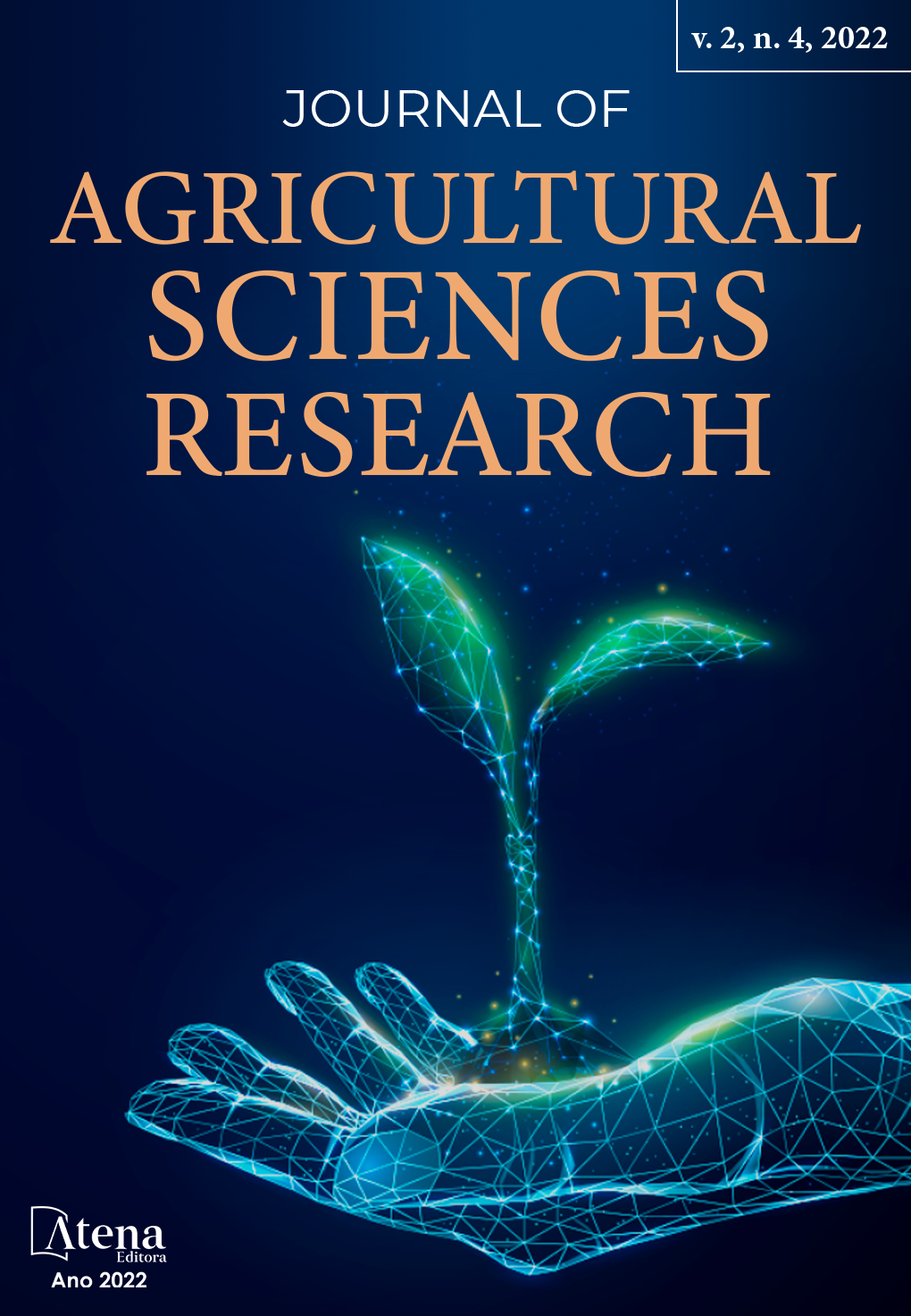
DETERMINACIÓN DE LA COMPOSICIÓN QUÍMICA DEL TALLO DE ALGODÓN PARA LA OBTENCIÓN DE PRODUCTOS DE INTERÉS INDUSTRIAL
La biomasa vegetal está compuesta esencialmente por celulosa, hemicelulosa, lignina, sustancias extraíbles y cenizas. Estos componentes pueden ser usados de forma independiente para obtener varios productos de interés industrial incluyendo biocombustibles. En el presente trabajo se determinó la composición química del tallo de algodón generado en el Valle de Mexicali durante el ciclo agrícola de 2018, con el fin de estimar el potencial de los posibles productos de interés industrial que se pueden derivar el uso independiente de los componentes de la biomasa vegetal. Los resultados indican que el tallo de algodón contiene 34.81% de celulosa y 17.46% de hemicelulosa. A partir del contenido de celulosa se estima un potencial para la producción de bioetanol equivalente a 12,792 m3. El porcentaje de lignina en el tallo de algodón fue 18.92% y presentó un poder calorífico superior de 24.06 MJ/kg, por lo tanto, el potencial energético para el año 2018 ascendió a 265 TJ, equivalente a 8,134 t de carbón antracita o 10,248 t de carbón lignito. El contenido de taninos condensable fue 3.76%, y las cenizas presentaron varios macro y micro nutrientes como el zinc, potasio y hierro con un porcentaje equivalente a 8.04%, 5.76% y 8.22%, respectivamente.
DETERMINACIÓN DE LA COMPOSICIÓN QUÍMICA DEL TALLO DE ALGODÓN PARA LA OBTENCIÓN DE PRODUCTOS DE INTERÉS INDUSTRIAL
-
DOI: 10.22533/at.ed.973242202051
-
Palavras-chave: residuo vegetal, tallo de algodón, potencial energético, composición química.
-
Keywords: biomass, cotton stalk, energy potential, chemical composition.
-
Abstract:
Vegetable biomass is specifically composed of cellulose, hemicellulose, lignin, extractable substances and ashes. These components can be used independently to obtain various products of industrial interest including biofuels. In this work, the chemical composition of the cotton stalk generated in the Mexicali Valley was determined during the 2018 agricultural cycle, in order to estimate the potential of the possible products of industrial interest that can derive the independent use of the components of biomass. The results indicate that the cotton stalk contains 34.81% cellulose and 17.46% hemicellulose. From the cellulose content, the potential for bioethanol production is estimated, which is equivalent to 12,792 m3. The percentage of lignin in the cotton stalk was 18.92% and presented a heating calorific value than 24.06 MJ / kg, therefore, the energy potential for 2018 amounted to 265 TJ, equivalent to 8,134 t of anthracite or 10,248 t of brown coal. The condensable tannin content was 3.76%, and the ashes presented several macro and micro nutrients such as zinc, potassium and iron with a percentage equivalent to 8.04%, 5.76% and 8.22%, respectively.
-
Número de páginas: 6
- Mary T. Beleño Cabarcas
- Ariana Isabel Torres Bojórquez
- Ricardo Torres Ramos


